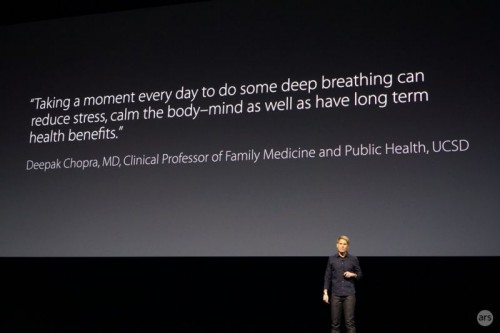A gun fondler has decided to carefully explain Why I Need an AR-15. I read the whole thing in disbelief, but I’m also seeing lots of people praising this article for its calm tone and “rational” arguments. Are you ready to see his reasons?
-
Because history. Civilians have been buying weapons of war for many generations.
The vintage Henry lever action rifle — the quintessential 20th century deer rifle — was originally deployed to devastating effect in the Civil War.
This makes no sense. The Brown Bess musket was used in the Revolutionary War, too. So? There’s no appreciation of the fact that military weaponry has become increasingly specialized and destructive. You could use this very same to argue that, because civilians use horses, and the ancient Romans used horses deployed as cavalry, then civilians should be allowed to drive tanks now.
Also, he argues that he should be able to get it because it’s a really good tool.
This is all part of the reason why I, a civilian, “need” a military-grade combat weapon. I don’t want to shoot and miss; I don’t want the gun to jam because it’s dirty or cold; and I don’t want to hit my target and then have it run off into the woods and die lost and wounded because I didn’t “bring enough gun”.
Wait. He goes deer hunting with an AR-15? A true sportsman, he is.
Admittedly, he’s vague about the “target”. He could be hunting chipmunks or people, for all I can tell. I’m having a hard time imagining a living target for which his reasoning is appropriate.
-
Because the police use it, so it must be OK.
There is no conceivable circumstance in which a police officer — not even a SWAT team member — would need to mow down hordes of people. Yet the AR-15 is the “patrol rifle” of choice for modern police departments from Mayberry to Manhattan.
Right. Because the excessive militarization of our police is not a problem. When you’re holding up the modern American police as paragons of sensible, peaceful behavior, your argument has a problem.
-
Because he needs a popular gun when he has to “shoot under pressure”.
The M1A is an amazing gun (a closely related weapon is actually used by the Marines), but despite the fact that the M1A fires a much larger, deadlier .30 caliber bullet, if I needed to shoot under pressure I’d reach for the smaller AR-15, simply because I can operate that rifle — engage a target, change magazines, troubleshoot and clear a jam — without much thought or effort. I can do all that because the AR-15 is what I know, and it’s what I know because it’s what everyone else out there knows.
How often does he have to “shoot under pressure”? How often does anyone? If you’re frequently in situations in which you have to
engage a target, change magazines, troubleshoot and clear a jam
, you’re either in the military, or you’ve made some very poor life choices, or both. -
Because…some bizarre idea about a “defense rifle” vs. an “assault rifle”? What?
At this point, you may be thinking: “ok tough guy, if the AR is so flexible, why not configure it to be a defense rifle instead of an assault rifle? BOOM!”
I have never made such an argument, nor can I even imagine making an argument for this mythical “defense rifle”.
-
Because he needs to be sure to kill when defending his home.
It’s also the case that, contrary to what you saw in First Blood, adrenaline-fueled humans are hard to kill, even with a rifle. The more fast followup shots you can get on-target, the better your chances of scoring a hit that will stop the threat.
What kind of life does this guy lead, that he’s got to prepare to confront some “adrenalin-fueled human”, and he’s got to be prepared to shoot them lots of times?
His reasons for “needing” an assault rifle are also reasons he needs to be incarcerated or immediately drafted into the infantry. They seem to be all about living an imaginary life of constant danger, in which he needs to be able to whip out a gun and destroy a human being at an instant’s notice…or he needs the most effective firepower he can get to kill varmints.
Good work, though, Mr Jon Stokes. Your article is very persuasive. It persuades me that those who “need” an AR-15 are paranoid and delusional, and a danger to the rest of us.
By the way, everyone: calmly declaring that you absolutely need a weapon of mass destruction does not make you reasonable, and is actually just as scary as someone grunting and howling about their guns.




